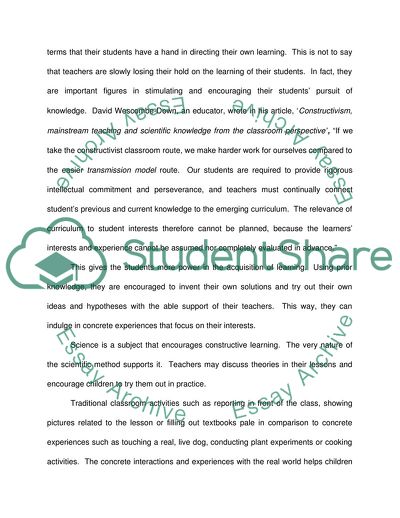Cite this document
(Science Activities in the Constructivist Learning Approach Assignment, n.d.)
Science Activities in the Constructivist Learning Approach Assignment. https://studentshare.org/education/1706600-non-practical-based-science-teaching
Science Activities in the Constructivist Learning Approach Assignment. https://studentshare.org/education/1706600-non-practical-based-science-teaching
(Science Activities in the Constructivist Learning Approach Assignment)
Science Activities in the Constructivist Learning Approach Assignment. https://studentshare.org/education/1706600-non-practical-based-science-teaching.
Science Activities in the Constructivist Learning Approach Assignment. https://studentshare.org/education/1706600-non-practical-based-science-teaching.
“Science Activities in the Constructivist Learning Approach Assignment”. https://studentshare.org/education/1706600-non-practical-based-science-teaching.


